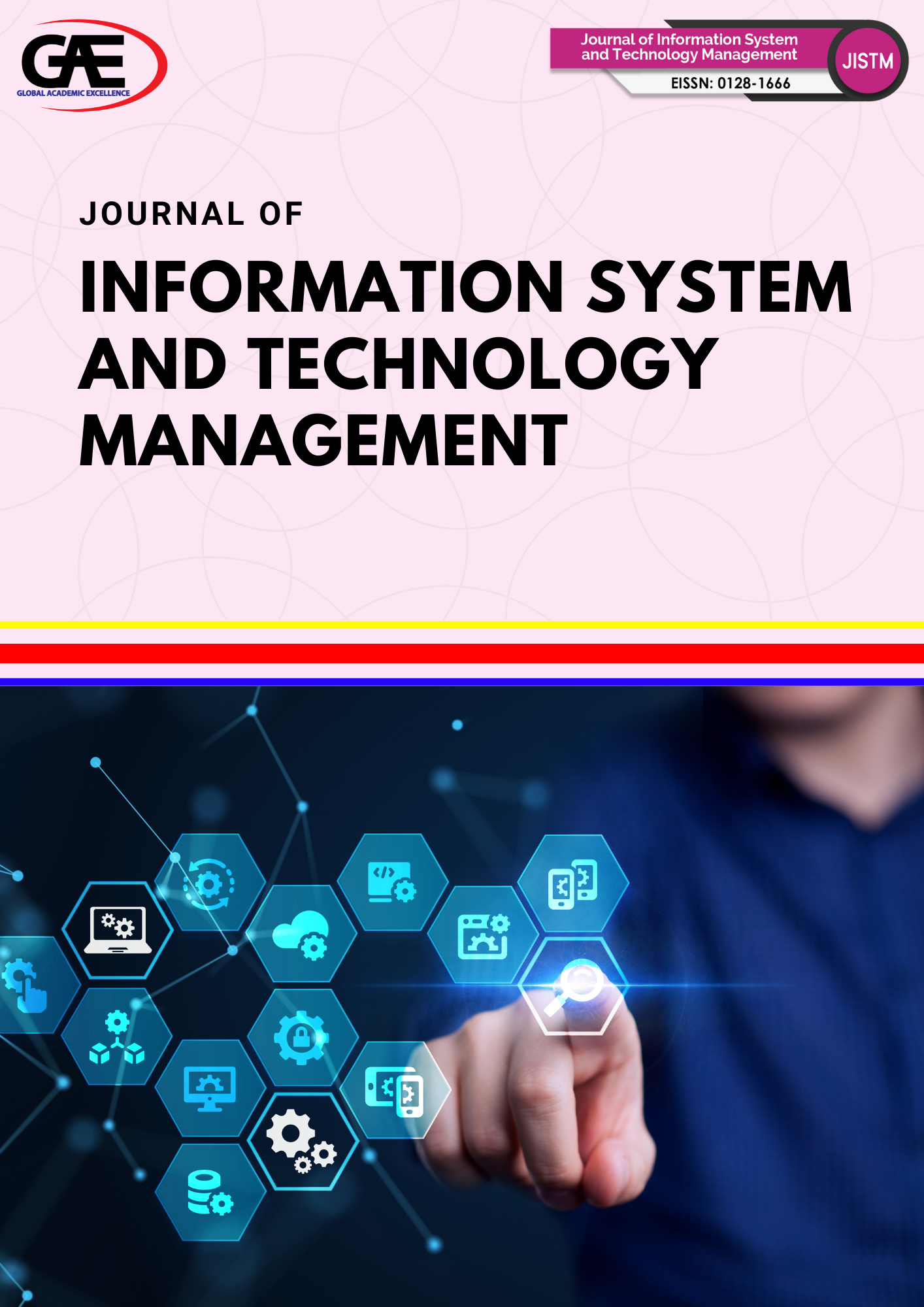A BIBLIOMETRIC ANALYSIS OF ARTIFICIAL INTELLIGENCE IN PERFORMANCE EVALUATION: TRENDS AND GAPS IN CONSTRUCTION RESEARCH
DOI:
https://doi.org/10.35631/JISTM.1040003Keywords:
Artificial Intelligence, Performance Evaluation, Bibliometric Analysis, Contractor SelectionAbstract
The integration of Artificial Intelligence (AI) into performance evaluation across various domains has emerged as a transformative research area, promising improved accuracy, objectivity, and efficiency in decision-making processes. However, despite growing interest, the literature remains fragmented, and a comprehensive understanding of global research trends is lacking. This study aims to bridge that gap by conducting a bibliometric analysis to map and evaluate the development, focus areas, and collaborative networks of research related to performance evaluation using AI. The study employs a robust methodology by retrieving bibliographic data from Scopus, refining and cleaning it using OpenRefine and Mendeley for consistency and accuracy, and analyzing it through VOSviewer to visualize keyword co-occurrences, country collaborations, and citation networks. A total of 801 relevant documents were identified and analyzed, spanning a diverse range of industries and applications. The findings reveal a sharp increase in publication trends since 2019, with India, China, and the United States emerging as the top contributing countries. “Machine learning,” “performance evaluation,” and “artificial intelligence” were the most frequently occurring keywords, indicating their centrality in the discourse. Highly cited papers focused on domains such as structural engineering, cybersecurity, and healthcare, reflecting the interdisciplinary application of AI in performance contexts. The visualization maps show strong international collaborations and evolving research clusters. This study concludes that AI-based performance evaluation is a growing field characterized by diverse applications and expanding global interest. However, there remains a need for more harmonized and cross-disciplinary research efforts. These insights provide researchers, practitioners, and policymakers with a clearer understanding of the research landscape and future directions in the application of AI for performance measurement.






